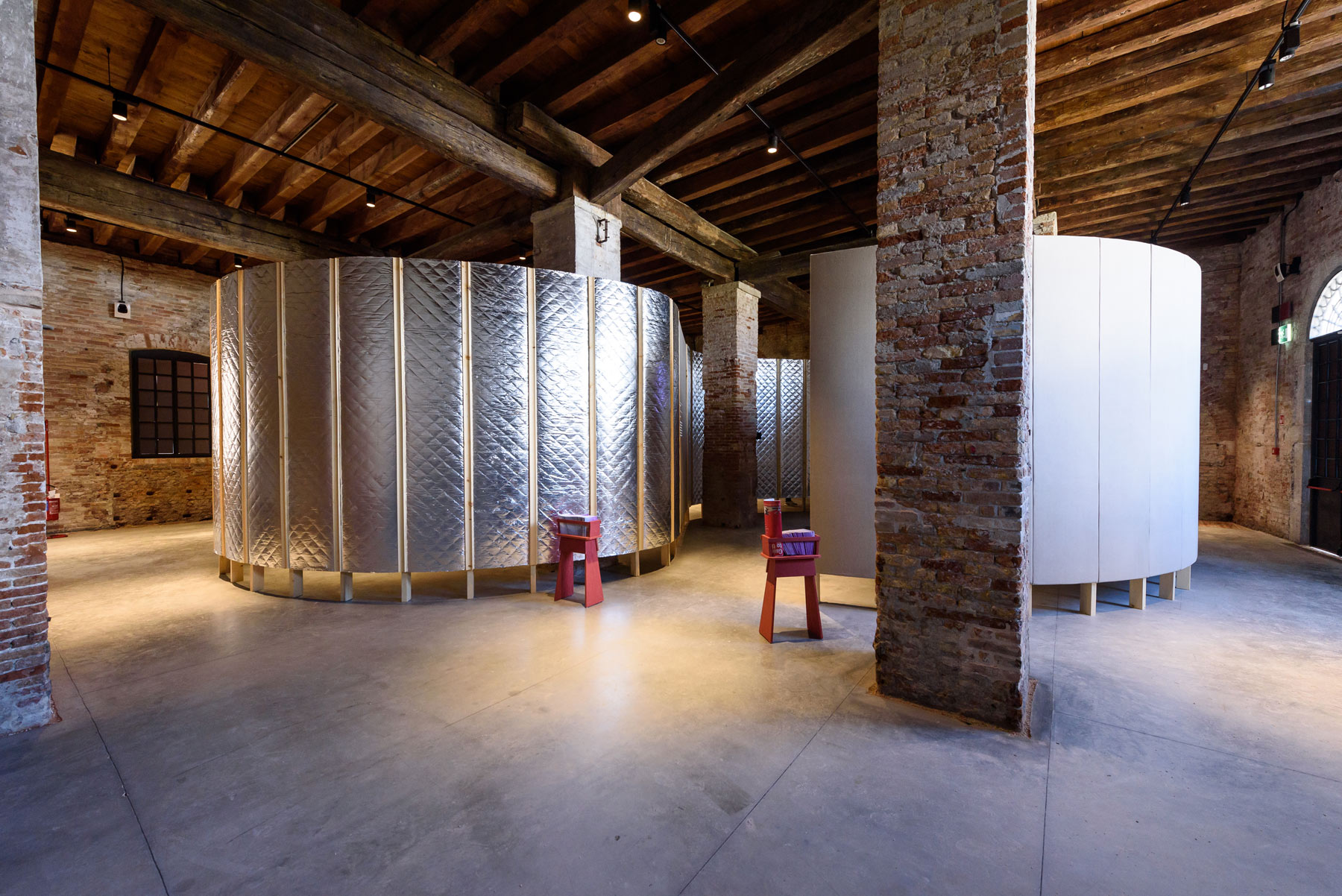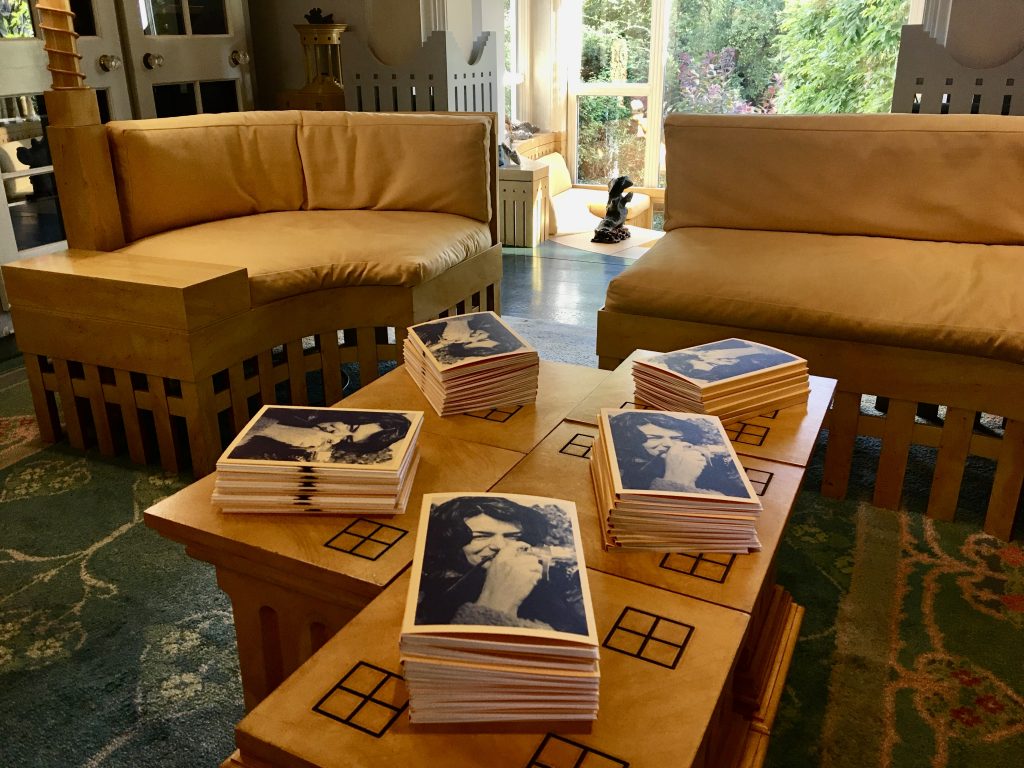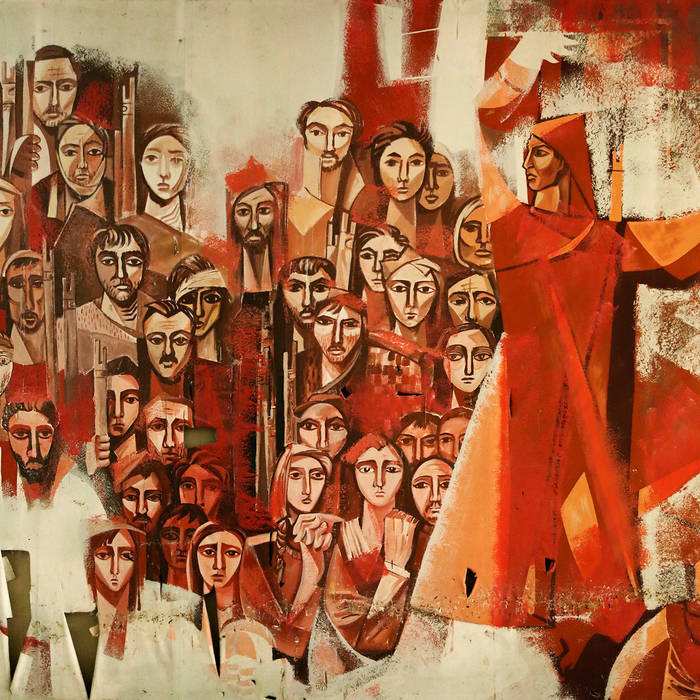It's About Time | Marysia Lewandowska | Venice Biennale
Sound design for Marysia Lewandowska’s pavilion at the Venice Biennale 2019. A Special Project curated by Ralph Rugoff for the 58th International Art Exhibition – La Biennale di Venezia, May You Live in Interesting Times occupies Pavilion of Applied Arts at the Arsenale, which since 2016 has been shared by La Biennale and the Victoria and Albert Museum.
The installation explores the ways in which the archival trace can be used as a means of identifying, unraveling, and reconstructing historical narratives. Comprised of an audio play and a short film edited from archival material, It’s About Time imagines a radical alternative history of the foundation of La Biennale, with women at its centre.
Pavilion of Applied Arts
The project takes as a point of departure archival records of meetings held between Venice’s civic, intellectual, and business leaders, and the Mayor, poet Riccardo Selvatico. These early discussions, animated by ideas of civic pride, moral philanthropy, and public good, led to the creation of La Biennale di Venezia in 1895.

Further archival research revealed glimpses of a set of parallel conversations taking place at the same time in Venice led by the fearless Duchess Felicita Bevilacqua La Masa, whose 1899 bequest secured Ca’Pesaro for Galleria d’Arte Moderna and provided studios for young artists. While the status of their proposals remains unclear, the notion of female representatives meeting to discuss art and philanthropy opened up a new realm of possibilities, introducing the role of dissent in shaping contemporary culture.
The central element in the development of the project was a process of a collective script writing. A group of Italian women practitioners: Lucia Cavorsi; Giulia Damiani; Valeria Facchin; Alice Ongaro; Carlotta Pierleoni; Flora Pitrolo; Silvia Tanzini based in London together with the art historian Clarissa Ricci and scholar Francesca Tarocco in Venice speculate on a scenario in which the foundations of La Biennale were built by women, allowing the sound of their ‘unheard voices’ to be encountered for the first time. Asserting their own presence through invention and self-discovery, the resulting recording of their debate resonates within the immersive space placed inside the Pavilion, drawing attention to the mechanisms of how knowledge is created and disseminated.

PRESS
Women Looking at Women Frieze;
The Revisionist V&A Magazine
Is the Future Female at the Venice Biennale? Sotheby’s Institute of Art
The difficult buisiness of archiving the Biennale FT;
Quell’Archivio E Un Capolavoro La Repubblica


